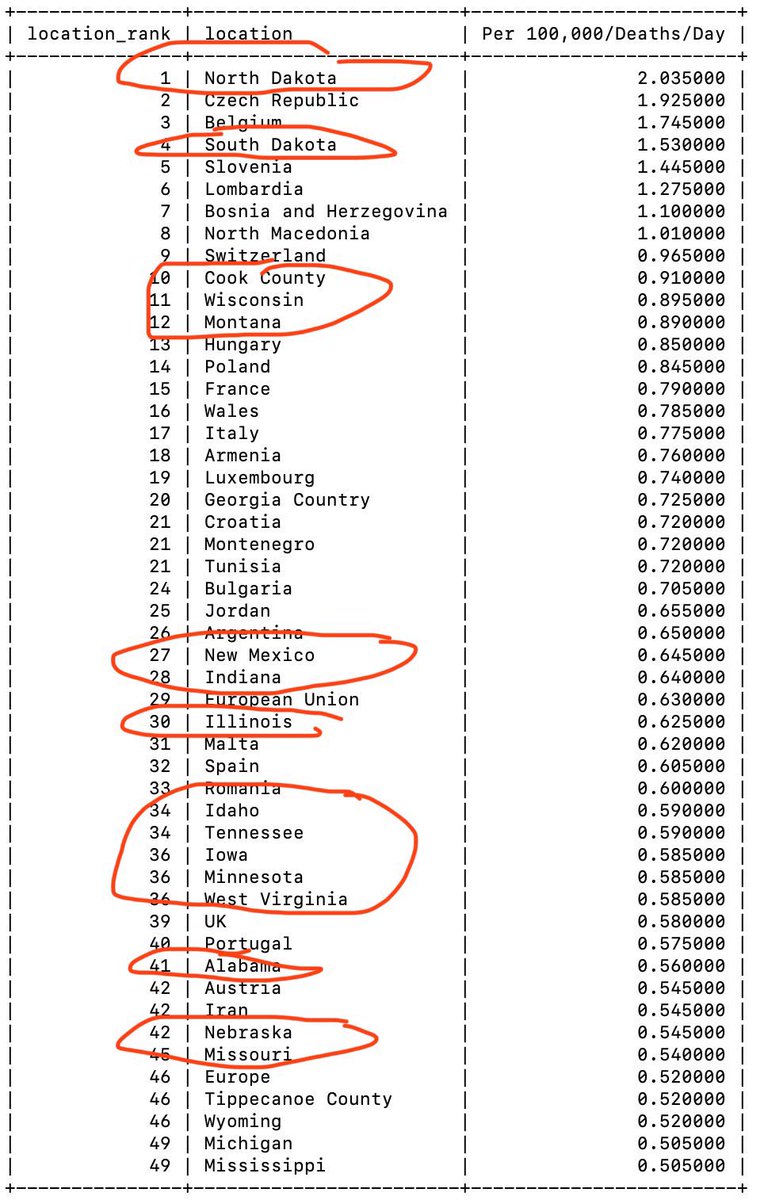Esquire
Trump May Need to Be Impeached and Removed Before Inauguration Day

Now that Donald Trump, the President of the United States, is personally “reaching out” to members of a Michigan election board as part of a larger plot to simply throw out the results of an election he lost by a comfortable margin, maybe we can stop pretending this is just a public tantrum we can allow to burn out until he falls into a fevered nap. That his allies believe the president must be approached like a spoiled toddler is itself an indication of our national decline, and of all the lackeys who’ve worked so hard to make this state of affairs possible. But his campaign is also in court asking a judge to simply nix the election in Pennsylvania and give him the Electoral Votes. This is not just another meltdown to be managed, as we all try to dodge the toys he’s throwing out of the crib. He should be removed from office for crimes against the American republic.
I have said in private for some time that I believe Trump, if he is to actually leave office, may have to be impeached in the lame duck period. It’s often been met with eye-rolls, but there are a number of reasons to believe he simply will not leave willingly, even if it’s useful and necessary to call on him to resign. The first is that he may well face criminal jeopardy in multiple jurisdictions once he loses the immunity protections of the presidency. This guy has been crooked for a long time, and while a staggering number of the people around him have faced prison time, he has yet to see any real consequences. He does not intend to. He also owes a lot of people a lot of money, and it’s not clear he could make good even if he wanted to. (He does not.) Beyond the practical, there is the specter of his towering ego and his crippling fear of humiliation. His impulsive and shameless behavior, often bordering on nihilism, is driven in no small part by a primal urge to avoid paying the piper. It’s worked for him his whole life. This guy never pays his bills—to contractors or to the bank—and nothing ever comes of it. Why should that stop now?

Some allies have brushed his antics off as a presidential coping mechanism, which again places the American republic in the position of existing to serve one man’s fragile psyche. America First! His aides will occasionally leak some horseshit to the media about how this is about Fighting For His People, as if Donald Trump genuinely engages in altruistic behavior, and as if even that would justify undermining American democracy itself and delegitimizing the coming presidency of Joe Biden.
Which is part of the point: even Trump’s more reluctant allies in the Republican Party are interested in using the lame duck to turn Biden’s entire presidency into the same. Trump’s destructive impulse has been highly useful in that regard: on the foreign-policy front, he is reportedly in the process of setting “so many fires that it will be hard for the Biden administration to put them all out.” He is also hard at work ransacking the federal bureaucracy to prevent Biden doing much of anything at all. Meanwhile, he’s not doing the actual job in any sense. His regime is doing nothing about the pandemic even as it explodes in severity. There will be no relief bill for businesses or local governments.
All of these consequences are pretty much baked in now. Trump’s base will refuse to recognize Biden’s legitimacy as president, having been served a steady stream of disinformation on Facebook and the teevee. He’ll be Birtherized. Along with that damage to the republic, the actual government itself will be thoroughly crippled, and many people will die unnecessarily from COVID-19. But the longer this is allowed to go on, the more Trump himself may believe that he has the backing and support to actually steal the election. After all, his allies have not stood up to him on anything except the prospect of pulling troops out of the Middle East. In his time in the big chair, the president has steamrolled the separation of powers that undergirds our Constitution and faced zero consequences. He has rejected the notion Congress has subpoena power. He has flouted federal court orders. But we’re supposed to believe The Law or The Norms will stop him now? He will do whatever he can get away with, just like he’s always done.

There is some chance that, if the Electoral College actually meets and votes as the American public has instructed on December 13—that is, if the 306 votes Biden looks to have won are awarded to him—that Trump will slink away to Mar-a-Lago and stay there through the Inauguration. (The prospect that he will show up on January 20 to graciously engage in a time-honored tradition that reinforces the health of American democracy, and signals allegiance to something greater than himself, seems genuinely absurd.) But how much damage will he do while he still holds the powers of the presidency—which he can wield from anywhere—as he tells himself he has nothing to lose?
In a sane country, he would be nowhere near this position. But in a moderately less sane one, he would be removed from office—via the impeachment power of Congress or the 25th Amendment—before he can do more damage. If the Senate Republicans who would need to convict him were not such craven fools, they might realize they don’t need him anymore, and that if he is swiftly removed—if they repudiate him—he may not turn out to be the zombie kingmaker all have assumed he will be in his political afterlife. He has only risen so far because they have allowed it at every moment.

















